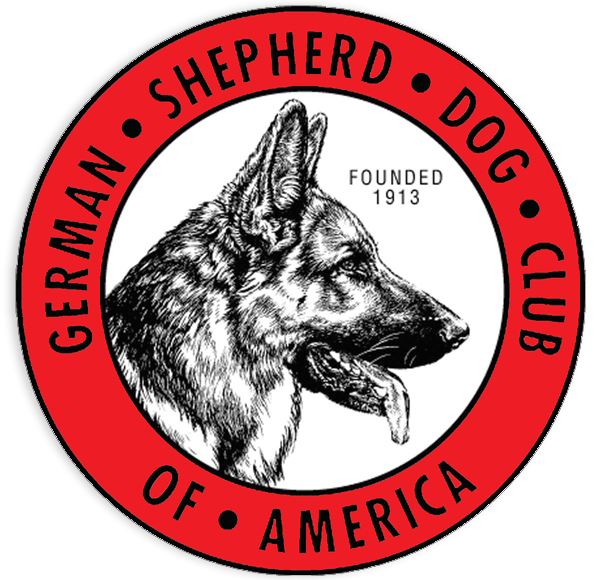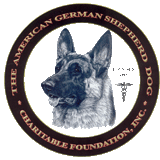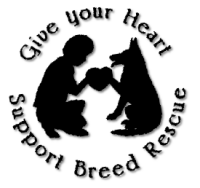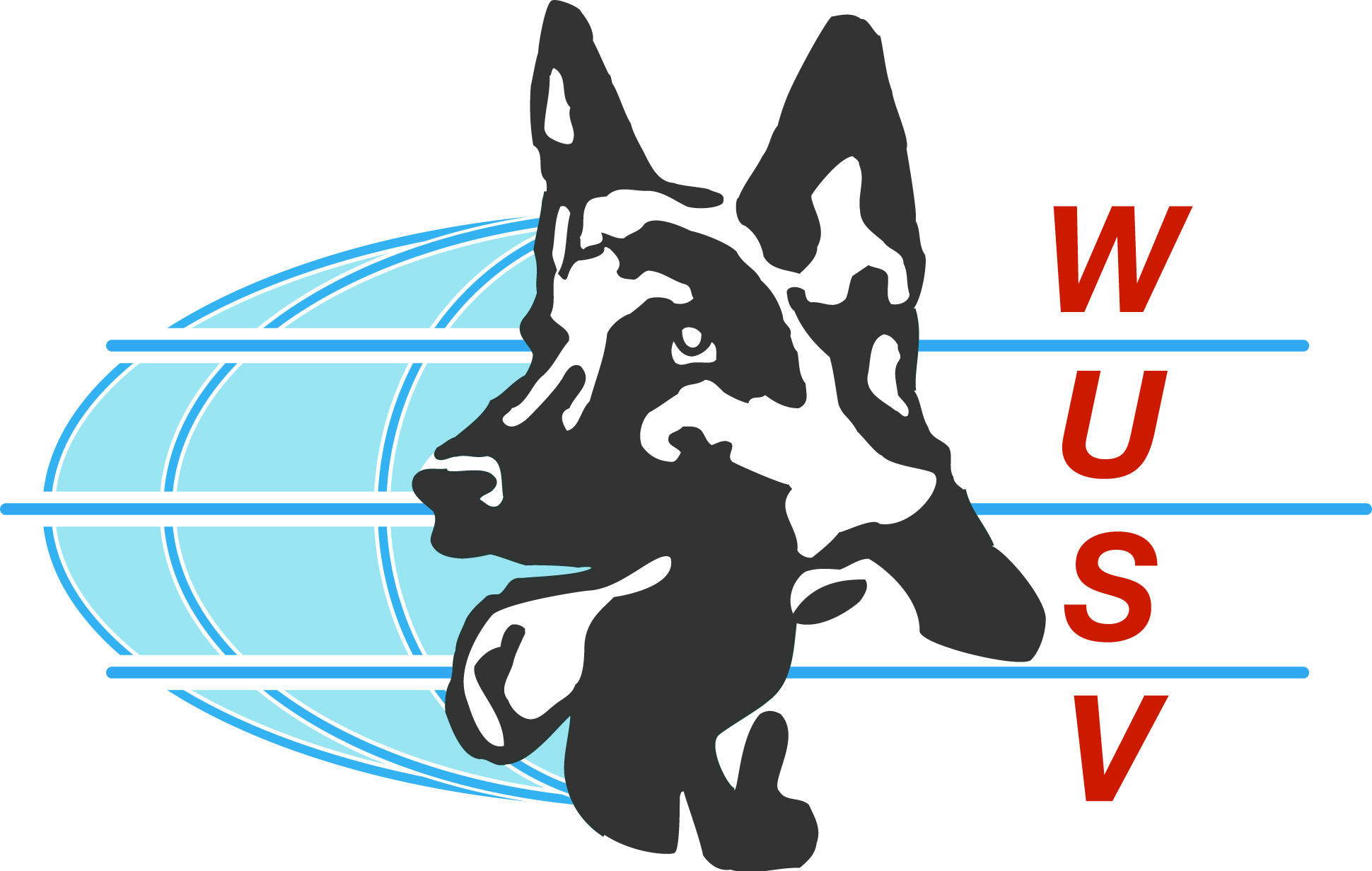Guidelines for Clubs Sponsoring a Temperament Test
An Established Evaluator is invited by the Regional Club’s choice (just as you would with any judge). This evaluator will direct the actual testing as well as coordinate the preliminary planning arrangements with the Chairman appointed by the sponsoring club. The sponsoring club Chairman and the chosen Evaluator will be put in contact with one another by the Parent Club Chairman to perfect the plans for the test.
The sponsoring club is responsible for compensating the evaluator for expenses only, such expenses to be pre-determined during the preliminary planning phase prior to the actual test.
The Parent Club does not dictate how many dogs can be evaluated per hour, this will be determined by the Evaluator and the Regional Club. In planning the time schedule for the testing an additional one hour must be provided for set-up and instruction time for the test personnel and participants.
Other breeds may participate but will not be evaluated until all the German Shepherd dogs have finished the test. The handlers of these other breeds will receive a copy of their score sheet and the GSDCA Temperament Certificate. Bitches in season must go last regardless of the breed.
The fees for the test are to be determined by the Regional Club, we do suggest that a small break is given for dogs that are pre-entered. Dogs may register on the same day as the test. Sponsoring clubs may add any additional expenses incurred, i.e. a per dog fee imposed by the park being used. Additionally, sponsoring clubs may charge less if the club thinks this will increase their entry. As in the past, $5 of each entry of dogs evaluated is paid to the GSDCA.
Approximatel y six to eight dogs per hour can be evaluated; and the Parent Club has decided to limit entries to a total of 30 dogs unless arrangements are made with the Temperament Test Chair. In planning the time schedule for the testing an additional one and one half hours must be provided for set-up and instruction time for the test personnel and participants.
Other breeds may participate but will not be evaluated until all the German Shepherd dogs have finished the test. The handlers of these other breeds will receive a copy of their score sheet and the GSDCA Temperament Certificate.
The fees for the test are as follows; preregistered is $30 per dog, Registered on the day of the test is $35 per dog. Sponsoring clubs may add any additional expenses incurred, i.e. a per dog fee imposed by the park being used. Additionally, sponsoring clubs may charge less if the club thinks this will increase their entry. However, the $5 per dog fee due the GSDCA is not waived when reducing the entry fee. As in the past, $5 of each entry is paid to the GSDCA. (modified 4/13)
DOGS MUST BE 12 MONTHS OR OLDER TO PARTICIPATE.
OWNERS AND HANDLERS NEED NOT BE MEMBERS OF REGIONAL CLUB OR THE PARENT CLUB TO PARTICIPATE.
Instructions will be given prior to the actual testing to all test personnel; specifically, what is expected of them for their assigned posts. All handlers will also receive instructions in the form of both written instructions as well as a walk-through of the test course.
It is suggested that the sponsoring club have enough dogs for testing to cover their expenses. (e.g., a 30-dog test will gross $900 to $1050 for the sponsoring club and $150 for the G.S.D.C.A).
The sponsoring club must provide the following materials:
- An area approximately 75’ x 75’ (outdoors is preferable)
- NOTE: If the test is to be held in conjunction with a conformation and/or obedience show, please be sure that the test area is outside the normal flow of traffic to and from the other rings, and also not within the show-ground limits.
- A beer or ‘pop’ can containing 10/15 marbles or stones.
- A blind capable of hiding a person (a sheet of plywood, a large table or standing screen.)
- A black spring-opening umbrella of good size (plus a spare, just in case.)
- A polyethylene sheet 4’ x 15’.
- A portable exercise cage which can be laid flat for the dogs to traverse.
- A blind will be needed to hide the Weird Stranger if no other natural cover is available.
- A clipboard for the Evaluator.
- A table and 3 chairs.
- A table and chair for the Registration/Entry Clerk.
- A chair for the Can-Rattler and the Umbrella-Opener.
- A .22 caliber pistol and caps for the Gun test.
- NOTE: Please be sure to provide enough caps to cover all the dogs; 3 caps per dog are needed and it is wise to have extras in case of duds. Rule of thumb is to provide a box of 100 caps as if for a 30-dog test.
- Approximately 15 bricks or large stones to mark starting locations.
Clothes for the Weird Stranger.
- A wide-brimmed hat.
- A long, floppy coat.
- Goggles or large dark sun glasses.
- A strong stick or bat.
The sponsoring club must provide the following personnel (EIGHT).
- Registration/Entry Clerk.
- Neutral Stranger.
- Friendly Stranger.
- Can-Rattler.
- Gun-Shooter.
- Umbrella-Opener.
- Weird Stranger. (NOTE: This individual should be a good actor, and, whenever possible, one who is familiar with guard dog behavior.)
- A person with video tape equipment to record the entire test is no longer required.
If your Regional Club is planning on holding a Temperament Test, please contact the Temperament Committee Chair:
Butch Stiefferman, Temperament Committee Chairman
Please check the Events Calendar regularly for updates on Temperament Test availability.






